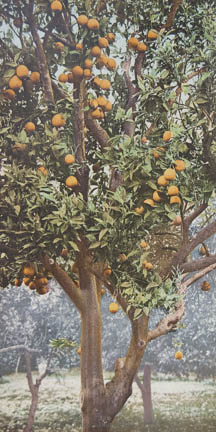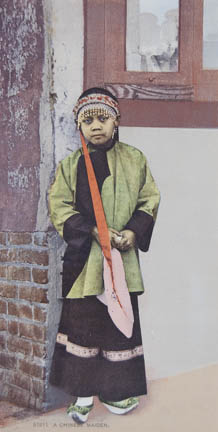About the Photographer
Jackson, William Henry
American, 1843-1942
William Henry Jackson created some of the first photographs of the American West in 1871, when he participated in a federally funded expedition with geologist Ferdinand Hayden and a group of approximately thirty-five other men, including renowned painter Thomas Moran. The expedition covered areas in present-day Wyoming, Oregon, Colorado, and Utah that had previously remained unexplored by non-Native people to dispel claims that the West—rich with bubbling hot springs and spouting geysers—was hellish and to be feared. Jackson’s photographs and Moran’s paintings portrayed the remarkable beauty of the land and were included in a comprehensive report Hayden presented to the US Congress to argue against its sale at public auction. Their efforts were effective, and in 1872, President Ulysses S. Grant signed the Act of Dedication, establishing Yellowstone as the first National Park, protecting 2,219,789 acres of land as “pleasuring ground for the benefit and enjoyment of the people.”
Using eight-by-ten-inch glass plate negatives, Jackson’s equipment weighed around three hundred pounds and after exposure had to set or dry for forty-five minutes in his portable darkroom. To create Photochrom prints, like the ones in the MoCP collection, Jackson worked with in partnership with the Detroit Photographic Company using lithographic limestone plates to add color to his black-and-white negatives with each color requiring its own plate. These prints became the world’s first postcards, and were cheaply sold, collected, and mailed from the late nineteenth century until the end of World War I.



